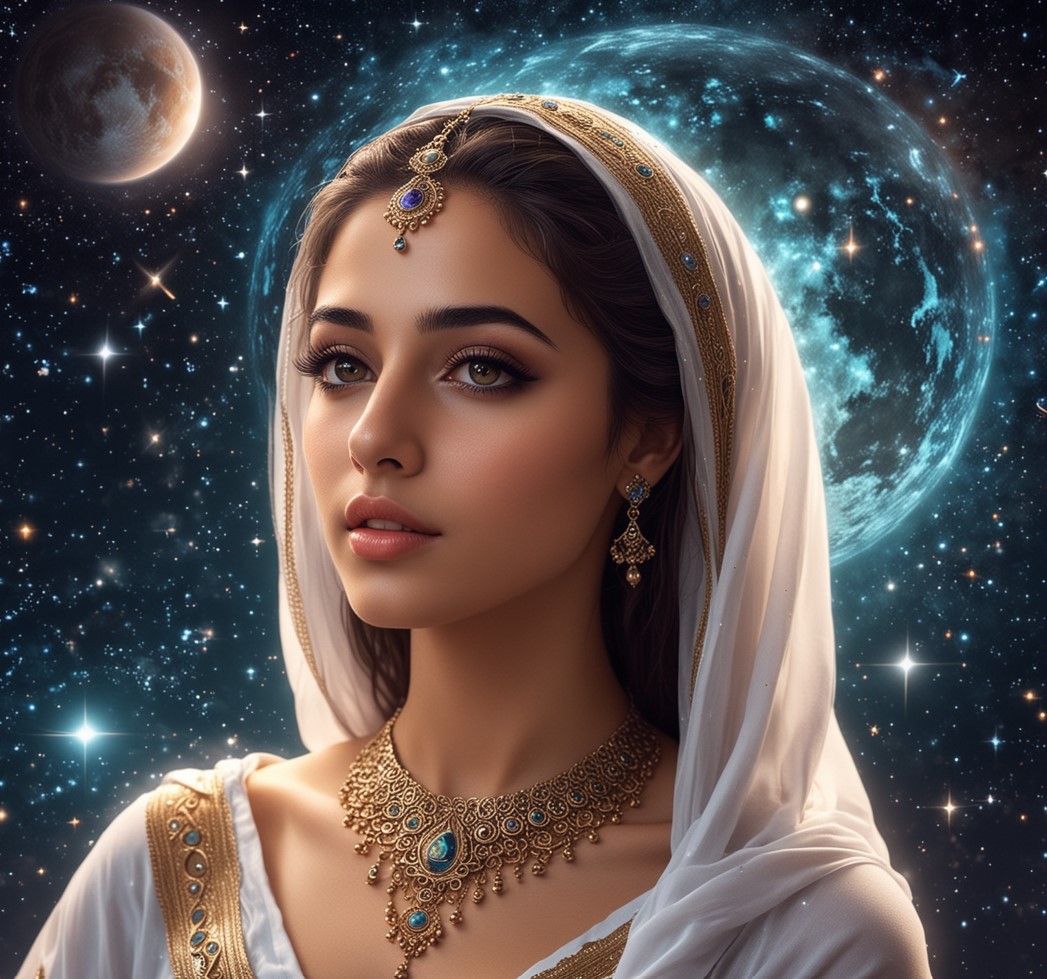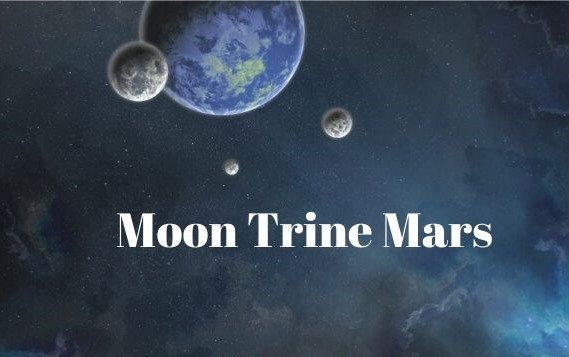11 Rarest Astronomical Events You Must Know
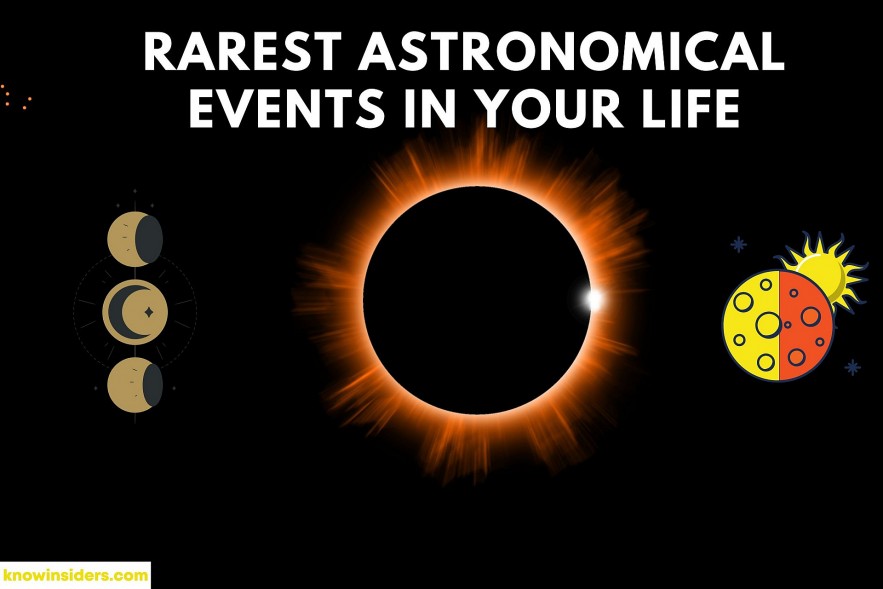 |
| Top 11 Rarest Astronomical Events In Your Life. Photo KnowInsiders |
| Table of Contents |
People have been learning about and seeing numerous incredible astronomical phenomena on Earth for thousands of years. Specifically, there are incredibly uncommon occurrences that individuals may only come across once in their lifetime.
Read on this list and see what astrological events you have been lucky to witness.
Top 11 Rarest Astronomical Events In Your Life
1. Halley’s Comet
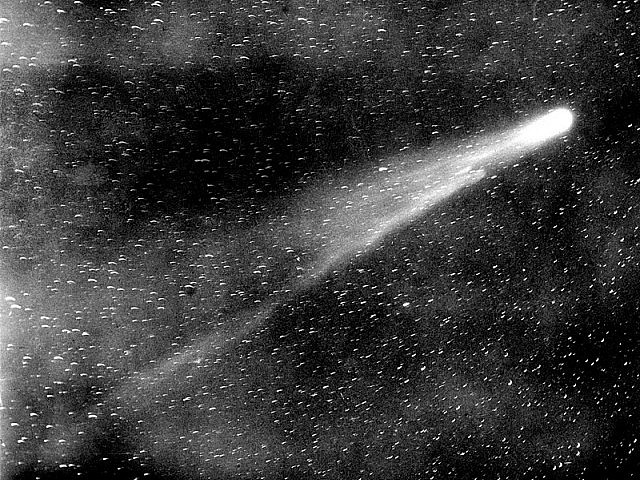 |
| Photo Pinterest |
| First Noticed: 240 BC Who Discovered It: Astronomer Edmund Halley (officially in 1531) Last Occurrence:1986 |
Considered the most common comet known in the Solar System, Halley's comet is named after astronomer Edmond Halley, who calculated that the star would pass by Earth every 75-76 years.
Halley's comet last surfaced in 1986, and its next expected appearance is in 2061. Space.com, "when Halley sweeps across the Earth in 2061, the comet will be on the same side of the Earth and will have much brighter colors than in 1986" .
2. Comet Hale-Bopp
Comet Hale-Bopp was an unusually bright comet that flew by Earth, reaching its closest approach to the planet in 1997. It was most spectacular in the Northern Hemisphere and visible to the naked eye for about 18 months.
 |
| Photo oxygen |
Probably one of the most watched comets in history was Hale-Bopp. NASA stated that the comet, which had an absolute magnitude of -1, was among the brightest comets ever observed to enter the inner solar system (opens in new tab). At the same distance, Hale-Bopp appeared 1,000 times brighter (opens in new tab) than Halley's Comet. Even in light-polluted cities like Chicago, its twin blue-and-white tails were easily seen.
Unfortunately, there was a tragic side note to the appearance of Hale-Bopp: as the comet approached Earth, 39 members of the "Heaven's Gate" cult in San Diego committed mass suicide.
| One of the most-viewed comets ever The Jet Propulsion Laboratory of NASA maintains a webpage with over 5,000 images of this comet. In addition to its uniqueness and beauty, it drew a large crowd because it allowed viewers to mentally travel back in time. When Hale-Bopp passed the Earth and sun 4,200 years ago, the Epic of Gilgamesh, which is regarded as the first great work of Western literature, had not yet been written, and the Egyptian pyramids were just beginning to be polished by sand. |
Where is the comet now?Comet Hale-Bopp is in the constellation Octans with an estimated magnitude of +25.6. The comet is over 4,266,045,046 miles (6,865,534,000 kilometers) distant from the sun. This is roughly the same distance from the sun as Pluto. |
3. Blue Moon
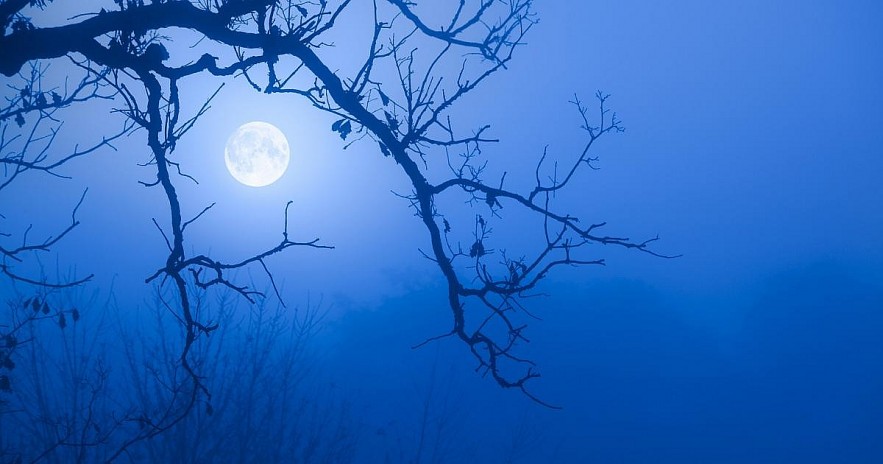 |
| Photo time and date |
What is a blue moon?
All the full moons, which usually occur in a different month, have names from various cultures, including Native American culture.
For instance, the 'wolf moon' is typically the full moon that falls in January. There are normally 12 full moons in a year because the lunar cycle lasts roughly one month and there are 12 months in a year.
But in reality, it takes 29.5 days for the Moon to go through each phase, or 354 days for a full cycle of 12 days. Since there are only 366–365 days in a calendar year, this means that a 13th full moon occurs about every 2.5 years. Because it deviates from the standard nomenclature, this extra full moon is called a "blue moon."
How often does a blue moon happen?
Normally blue moons come only about every two or three years. In 2018 unusually, we had two blue moons in one year and only two months apart – and one was a lunar eclipse! The next time we will get two blue moons in a year will be 2037.
When is the next blue moon?
The next blue moon takes place on 22 August 2021. This is because it will be the third of four full Moons in an astronomical season (in this instance, the period between the Summer Solstice and the Autumn Equinox).
| Future Blue moon dates 2023 31 August 2026 31 May 2028 31 December |
What colour is a blue moon?A blue moon isn't actually blue. The only exceptions to this rule are two extremely uncommon circumstances. A lunar eclipse causes the Moon to appear red because only light refracted by Earth's atmosphere reaches the Moon during the event. Due to the fact that lunar eclipses can only take place during full moons, it is extremely rare for a blue moon to actually be red. Sometimes the Moon can look blue, but that's just a trick of the light. Dust particles in our atmosphere, possibly from a recent volcanic eruption, create a haze through which we can see the Moon. From a distance, the Moon will appear the same dull grey color it always has. |
4. Total solar eclipse
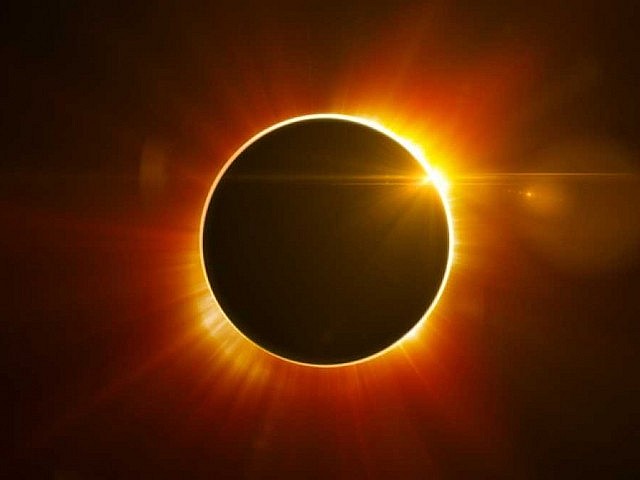 |
| Photo instaforex |
The term "total eclipse" probably doesn't sound too foreign to us. On a global scale, this is not an extremely uncommon occurrence; however, this phenomenon occurs once every 18 months in one particular location. It can take hundreds of years for this phenomenon to recur in the same place.
According to Belgian astrologer and meteorologist Cassini, a total solar eclipse can only occur at any given time on Earth once every 375 years.
| Interesting facts -Each year there are between 2 and 5 solar eclipses. -The total solar eclipse, when the Moon completely obscures the Sun and leaves only the faint solar corona, is known as a Totality. -Total solar eclipses are rare, happening only once every 18 months. -There is another type of solar eclipse, known as a hybrid eclipse, which shifts between a total and annular eclipse depending on where you view it from on Earth. These are comparatively rare. -The speed of the Moon as it moves across the Sun is approximately 2,250 km (1,398 miles) per hour. -From either the North or South Pole, only a partial solar eclipse is able to be viewed. -A total solar eclipse can last a maximum of 7 minutes and 30 seconds. -269 km is the maximum width of the path of totality. |
5. The Great White Thunder Storm
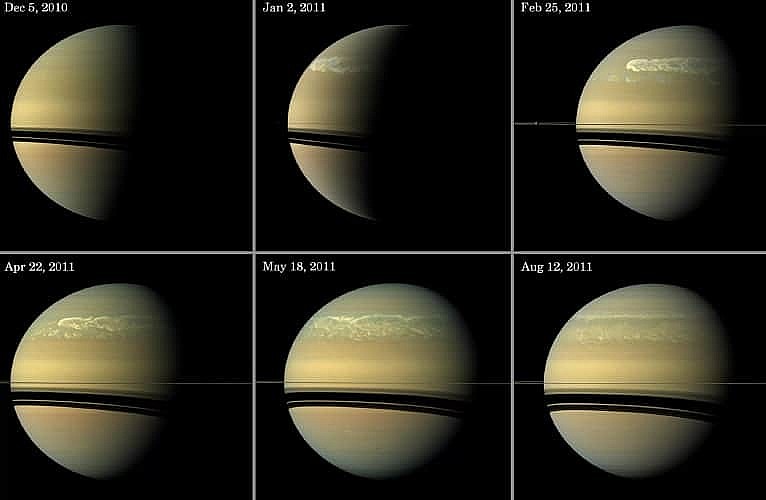 |
| Photo NASA |
These storms, which occur every 20–30 years on Saturn's northern hemisphere when the planet is most tilted toward the Sun, are also known as Great White Spots. Clouds in the massive storm formation are full of ammonia, and the accompanying thunder and lightning are extremely powerful. The storm is roughly half the size of Earth and generates string lightning bolts every second, each one reaching distances of up to 10,000 miles and evaporating the water in Saturn's atmosphere.
According to some estimates, the storms formed by this condensation of water are 10,000 times more powerful than the storms we experience on Earth. The next storm won't occur for another 20–30 years because the upper atmosphere cools so much from the weight of the water vapor in the air. Let's cross our fingers that we'll still be here in time to witness the next one in 2030–2040.
6. The Transit of Venus
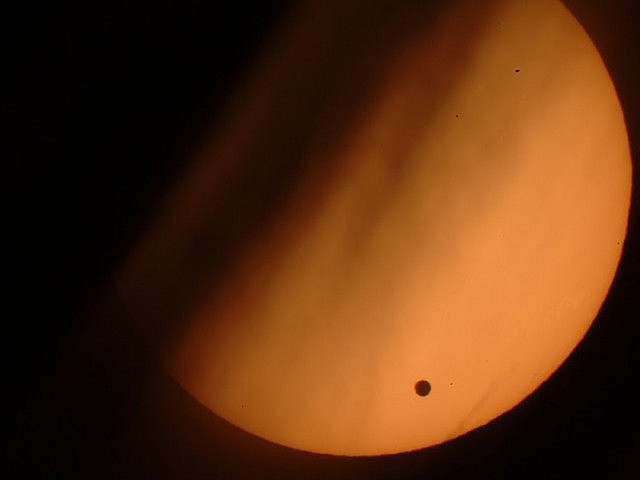 |
| Photo instaforex |
A 'transit' in astronomy is the passage of a smaller body in front of a larger one. A "Transit of Venus" occurs when Venus appears to be a black dot against the Sun.
In general, the alignment of Venus, the Earth, and the Sun is not very precise; it occurs approximately once every 584 days. As a result of its orbit, Venus can appear either "above" or "below" the Sun from Earth (the same reason the Moon doesn't cause a solar eclipse every month). The phenomenon known as a Transit of Venus occurs when Venus passes directly in front of the Sun. Since the invention of the telescope in 1610, only seven Venus transits have occurred.
Transits of Venus occur approximately once every 80 years. The fact that transits happen in a 'pair of pairs' pattern that repeats every 243 years makes this average figure very misleading. First, two transits take place in December (around Dec 8th), 8 years apart. After another 121 years and six months, on June 7th, two more June transits will occur, again 8 years apart. After 105 years and six months, the same thing happens again.
| Previous transits of Venus Jules Janssen's 1874 observation of Venus' transit (click to enlarge). Precise locations within the image were measured using the grid pattern. Reference: RAS Archives Johannes Kepler was the first to forecast the date of a Venus transit, calculating that it would occur on December 6, 1631. Kepler passed away in 1630, and no one is known to have witnessed the 1631 incident. Young English astronomer Jeremiah Horrocks (sometimes spelled 'Horrox') studied Kepler's planetary tables and found that a Transit of Venus should happen on November 24, 1639, only one month after he made the calculation. Horrocks watched a portion of the transit from his house in Much Hoole, Lancashire, which is close to Preston. Horrocks had alerted his friend William Crabtree, who saw it from Manchester as well. They were the only people who saw the transit, as far as is known. Horrocks's promising scientific career was tragically cut short when he passed away in 1641 at the age of approximately 22. Later, English astronomer Edmund Halley realized that the distance between Earth and the Sun could be calculated from observations of Venus transits. The technique is tracking a transit from widely separated latitudes that reveal minute variations in Venus's path across the Sun due to parallax. Although Halley passed away in 1742, many locations worldwide were able to witness the transits in 1761 and 1769. One of the most well-known was James Cook's 1769 expedition to Tahiti, which eventually became a global exploration journey. However, due to numerous technical issues with the observations, the results regarding the Sun-Earth distance were disappointingly off. However, hopeful astronomers gave it another shot with the 1874 transit a century later; the RAS Archives contains some of their attempts. Unfortunately, the outcomes were once more unsatisfactory when it came to estimating the value of the AU. Astronomers started to realize that Halley's straightforward concept had far too many practical issues to be solved. Despite this, the 1882 transit generated a great deal of public interest and was featured on the front pages of most newspapers. Professor Sir Robert Stawell Ball wrote about his personal experience of witnessing the transit in his 1885 book The Story of Astronomy. The transit was witnessed by thousands of regular people. |
7. Planetary Alignment of The Moon, Mars, Mercury, Venus, Jupiter and Saturn
 |
| Photo space |
The five planets that can be seen with the unaided eye in this uncommon alignment are Mercury, Venus, Mars, Jupiter, and Saturn. With Venus being the brightest and Mercury being the faintest, each is sufficiently bright to be seen even in the skies of light-polluted cities. The order in which our nearest planets appear in the sky corresponds to how far apart they are from the sun.
Most people on the planet can catch a glimpse of this planetary alignment, though some will be in a better position than others. The planet closest to the sun, Mercury, will be close to the horizon for people in the northern latitudes, above major cities like New York and London, and may be obscured by the glare of dawn. It can be difficult to see every planet in these areas because the other planets will likewise hug the eastern horizon.
The Southern Hemisphere and the tropics will offer the best views because those regions will see the planets rising higher in the predawn sky. The best advice, though, is to find a clear view of the eastern horizon between an hour and thirty minutes before local sunrise, regardless of where you are.
| When will be the next? The panorama will be particularly impressive because the planets will appear huddled close together. And if you miss this spectacle, you’ll have to wait until 2040 to get another chance. |
8. Comet ISON
On September 21, 2012, two Russian astronomers, Vitali Nevski and Artyom Novichonok, discovered ISON, a comet that is orbiting very close to the Sun. On November 28, 2013, though, it was officially dissolved.
Astronomers claim that the material on this comet heats up, evaporates, breaks down into tiny pieces, and releases dust in space when it is exposed to the Sun at a distance greater than one million kilometers.
9. Leonid Meteor Storms
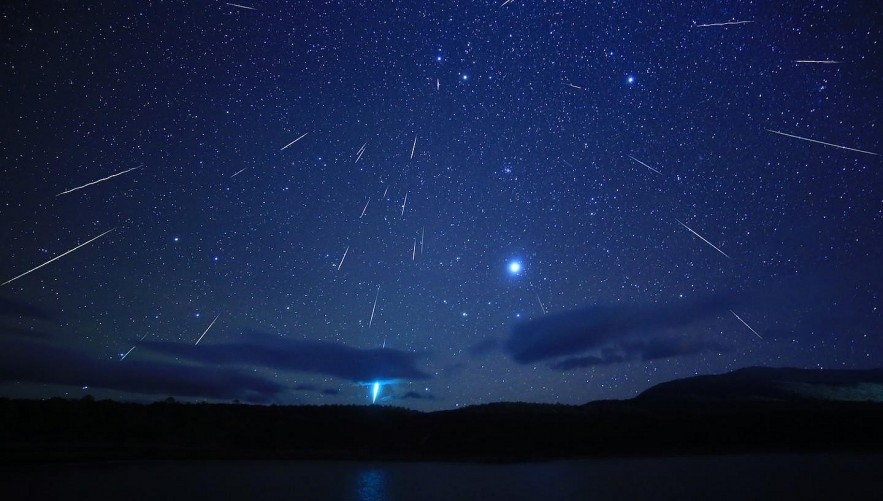 |
| Photo royal museum greenwich |
Because of the radiant's placement in the constellation Leo, an abundant meteor shower caused by the comet Tempel-Tuttle is known as the Leonid meteor shower. These meteors occur annually around November 17 and appear to radiate from that location in the sky. The Earth may receive between 12 and 13 tons of particles from this yearly Leonid shower. They were first recorded in 902 A.D. and were occasionally accompanied by storms.
The study of the Leonid shower has provided the scientific community with additional insights into the study of meteors, which were previously believed to be an atmospheric phenomenon. The event in 1833 was especially remarkable because it was estimated that over 100,000 meteors occurred every hour and that over 240,000 meteors occurred during the storm's nine hours over the east coast of North America.
10. A Huge Star Nursery
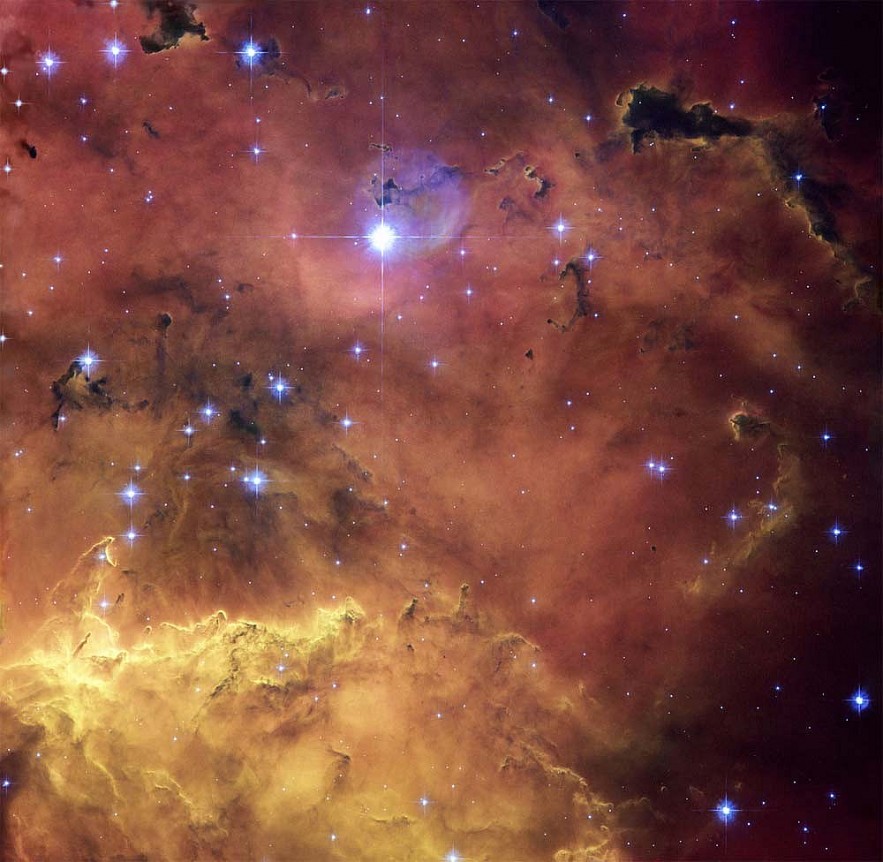 |
| Photo space |
Globular clusters, which are old and conceal information about their formation, are found in at least 150 locations within the Milky Way. Each cluster has about a million stars. A prenatal cluster was found in 2006; it was nearly starless but was full of gas. This unusual celestial object is located 50 million light-years from Earth, deep within the Antennae galaxies, where scientists believe many new stars will form.
According to these scientists, star-free regions like these remain star-free for approximately a million years. This unusual astronomical event is exciting because it gives us insight into the mysterious workings of the universe. Most of the beautiful globular clusters seen by the Hubble Space Telescope are thought to have originated in these regions, as are the colliding galaxies that are thought to be their source.
11. The Triple Jovian Eclipse on Jupiter
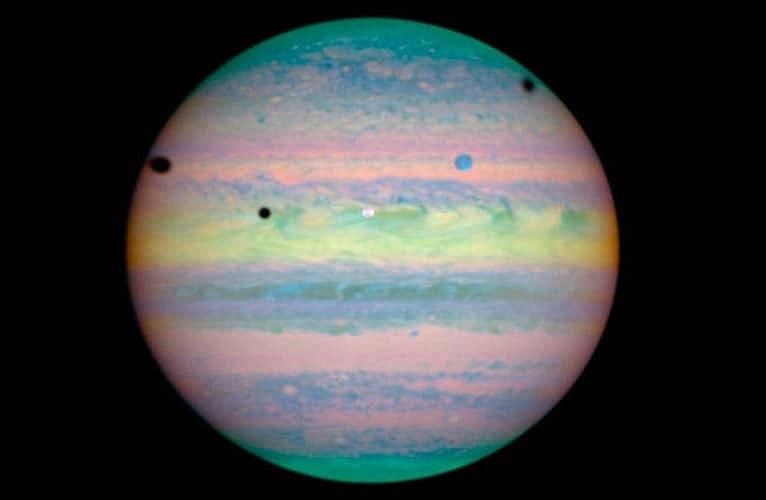 |
| Photo NASA, ESA, and E. Karkoschka |
Three Galilean moons—Europa, Callista, and Io—line up to create what is known as a Triple Jovian Eclipse on Jupiter. Although we are fascinated by solar and lunar eclipses, witnessing this triple eclipse on the gas giant's surface from Jupiter's surface would be incredible. Experts predict that we won't see it again until 2032.
Jupiter has a staggering 16 moons, but space enthusiasts are particularly fascinated by the unusual alignment of the three largest moons, which depicts the shadows cast by the planet's surface as seen from Earth. Although NASA's Hubble Space Telescope has previously photographed this event, it is challenging to get pictures of the entire event because Jupiter travels quickly across the telescope's field of view. If technology permits it, perhaps we'll have a better opportunity to witness it in all its splendor the next time.
Conclusion
Astronomers posit that there is a projected increase in the occurrence of rare and distinctive phenomena within the realm of celestial observations. If one is not fortunate enough to observe the most uncommon occurrences mentioned earlier, there will be ample opportunities to partake in such experiences.
It is advisable to consult the schedule of astrological events and make appropriate arrangements regarding the selection of optimal observation devices and suitable observation locations.
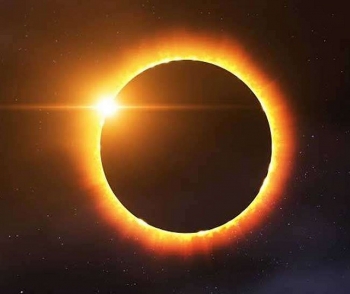 10 Facts about Surya Grahan - Last Solar Eclipse 2020 and Zodiac Signs 10 Facts about Surya Grahan - Last Solar Eclipse 2020 and Zodiac Signs Solar Eclipse 2020: Last 'Surya Grahan' Of The Year To Occur on Moday December 14; Here Is All You Need To Know: Zodiac signs, Timings ... |
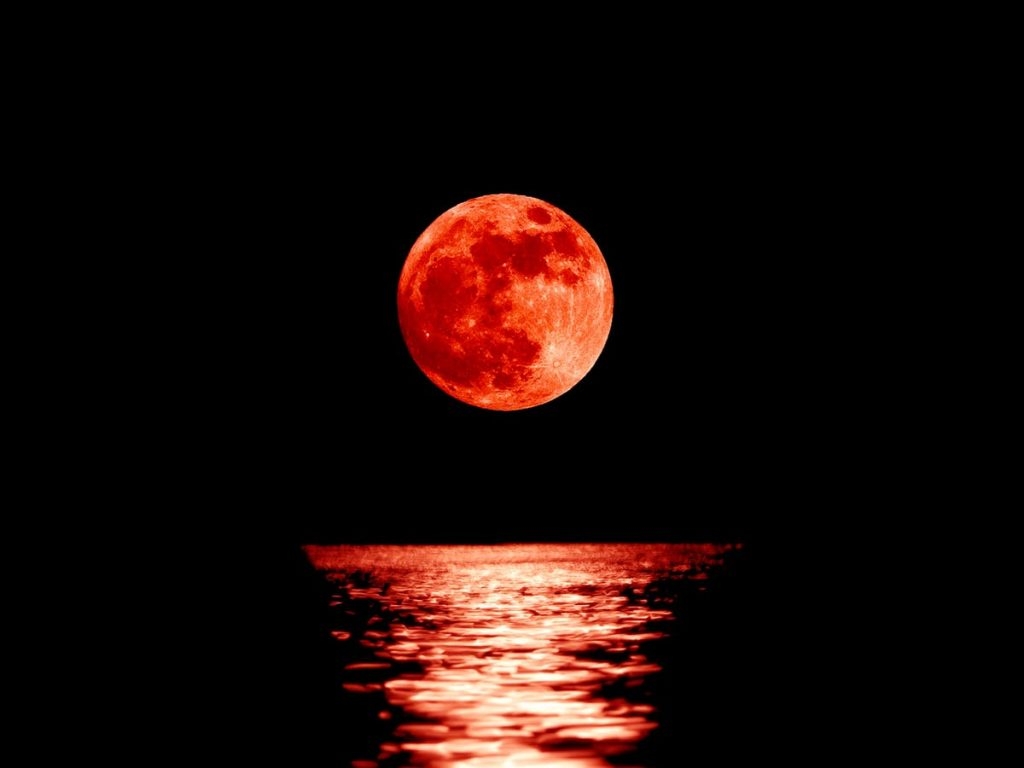 Facts About Blood Moon: Unusual Color, Spiritual Meaning, Myths & Legends Facts About Blood Moon: Unusual Color, Spiritual Meaning, Myths & Legends There are several things about Blood Moon that we don’t know. This article will provide you more knowledge on this phenomenon: Unusual Color, Spiritual Meaning, ... |
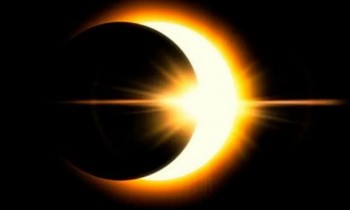 Partial Solar Eclipse on October 2022: New Moon and the 12 Zodiac Signs Partial Solar Eclipse on October 2022: New Moon and the 12 Zodiac Signs The October 2022 Partial Solar Eclipse is when the new moon enters passionate Scorpio. This particular astrological phenomenon heralds a leap for many zodiac signs. |


